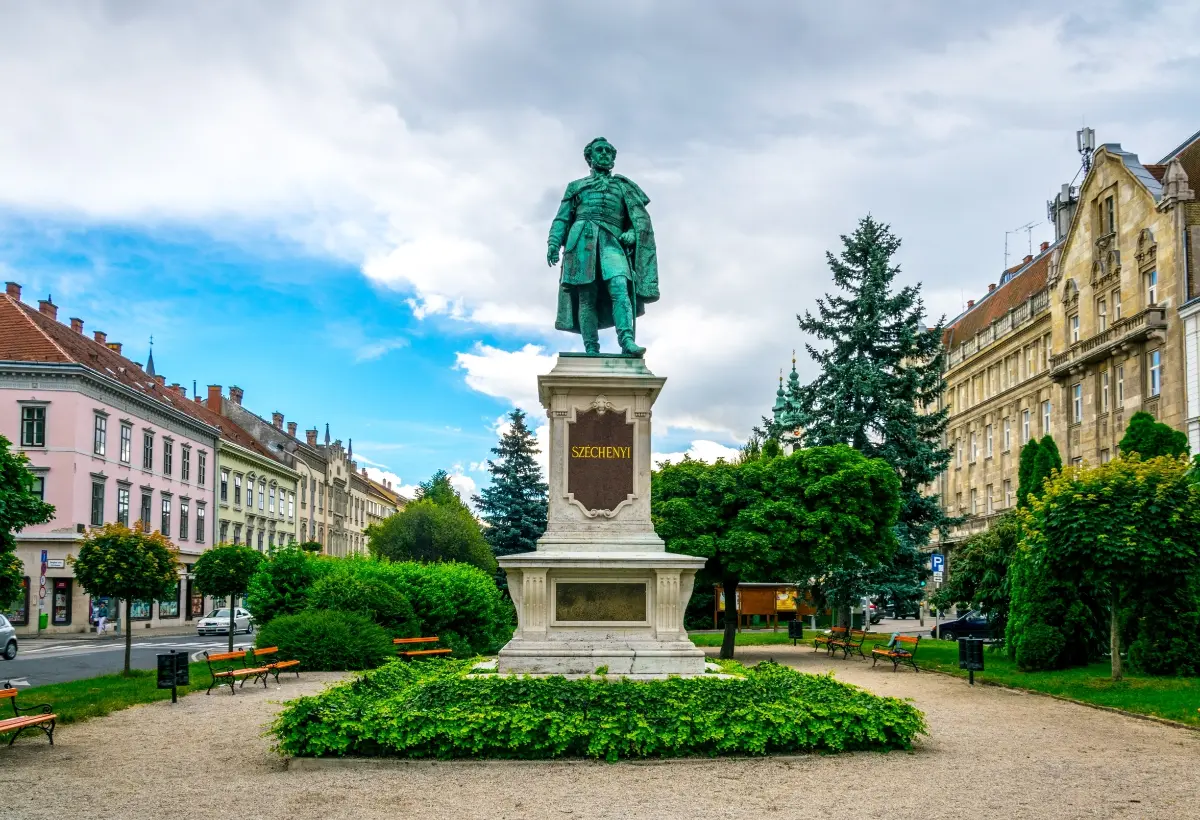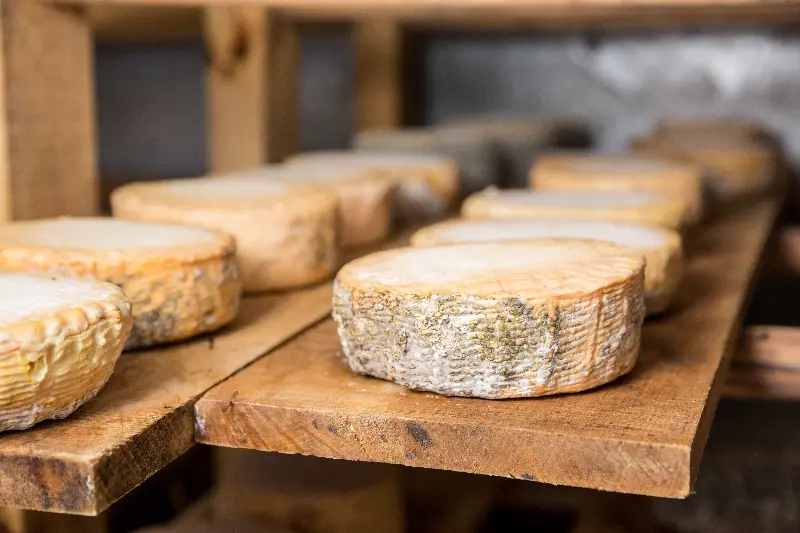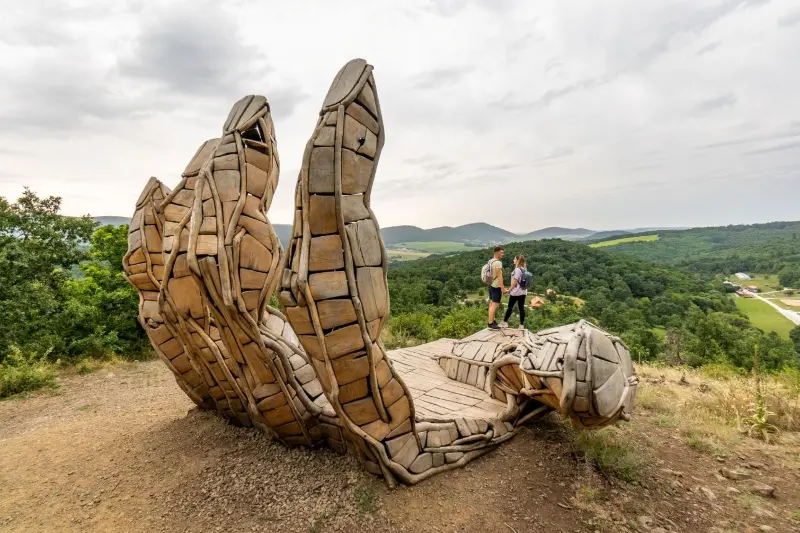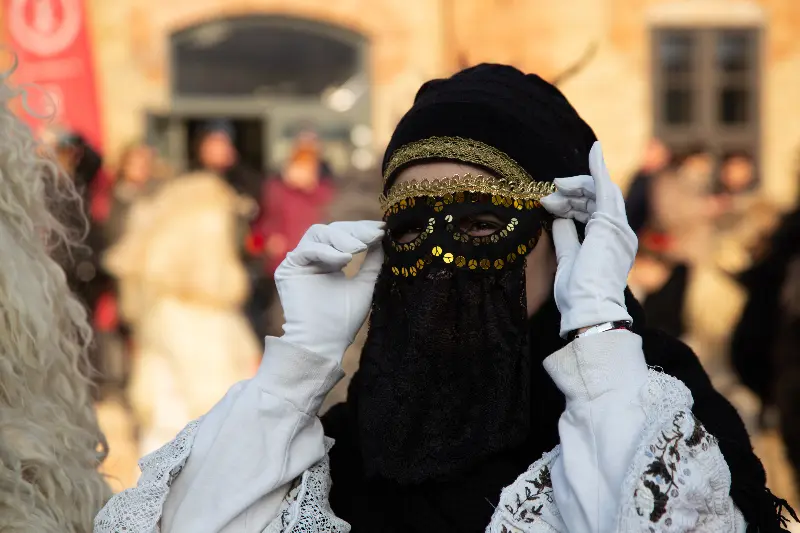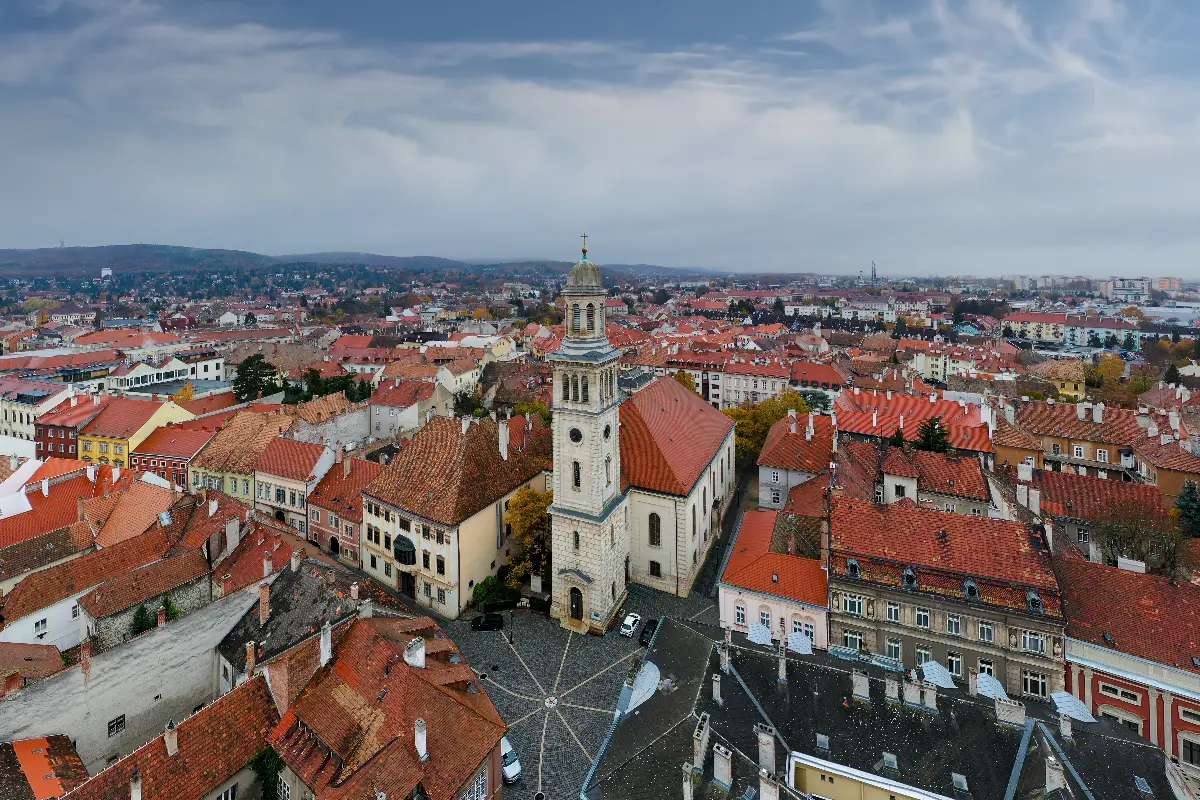
Helyszín címkék:
The Main Square in Sopron has surprises in store, and we will tell you why
Käesz Judit
In the heart of the city, Sopron's Main Square is full of attractions: on the square you will find the Town Hall, the Storno House, the Lackner House, the Fabricius House, the County House, the Gambrinus House, the Chemist House, the Holy Trinity Statue and the “Kecske templom” (Goat Church). The latter has several names: “Ferences-templom” (Franciscan Church), “Bencés-templom” (Benedictine Church), “Magyar-templom” (Hungarian Church), “Nagyboldogasszony-templom” (Church of the Virgin Mary) – it is incredible that all these names refer to the same church.
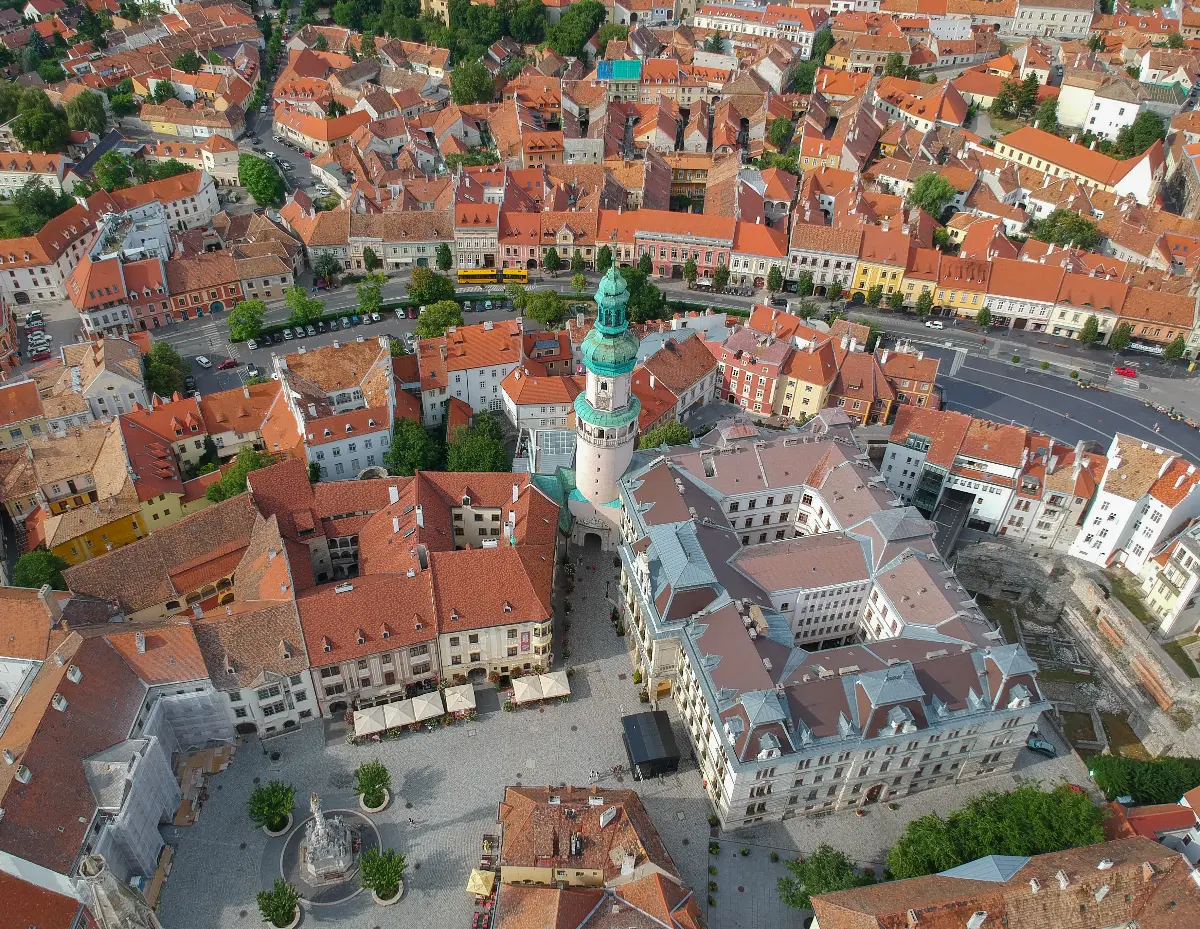
Even at first sight, the building is imposingly tall, and the mere sight of it takes the visitor back to the distant past. The origins of the church date back to the 13th century and can be traced back to the Franciscan monks, who began building their Gothic church and cloistered monastery in the 1260s. The construction of the church spanned a particularly long period of time. The construction began as early as 1270, the nave took until the 14th century and the tower was only completed around 1400. The building is a pride of Hungarian Gothic architecture. But why is it called the “Kecske templom” (Goat Church)?
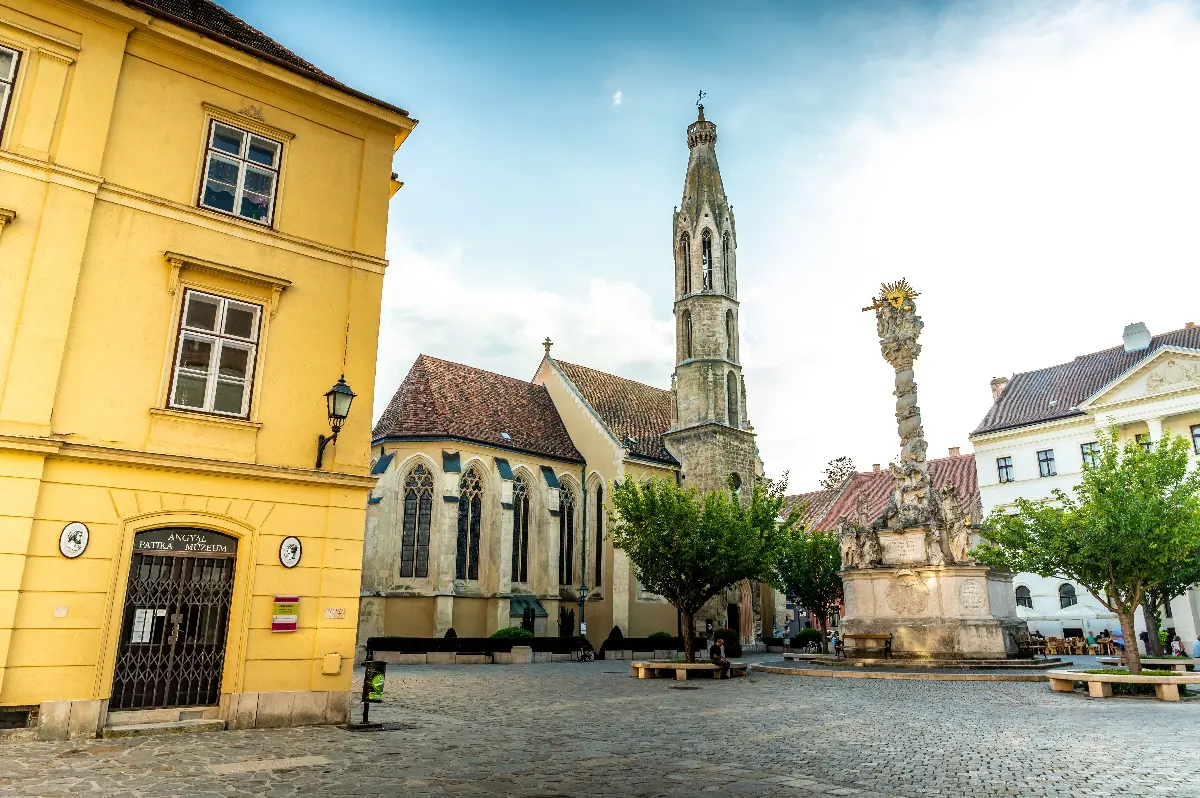
Goats
The legend says that the church got its name because it was built from a treasure scraped out by a goat. But the reality is simpler than you might think: the façade of the 47-metre-high tower of the church hall dedicated to the Virgin Mary is decorated with a Gothic garland and a goat. The goat was the heraldic animal of the builder Henrik Geisel, and “Geiss” is German for goat. The story goes that Henrik Gaissel, one of the richest citizens of the town, murdered János Büki. Then, Henrik Gaissel, who owned three and a half houses, fled to Austria and repented before God by giving his property to the church. According to another source, Henrik's brother Miklós donated the property to the Franciscans to have his brother's sins forgiven. Whichever is true, the donation was used to enlarge the church and to place a goat figure from the Gaissel patrician family coat of arms above the gate.
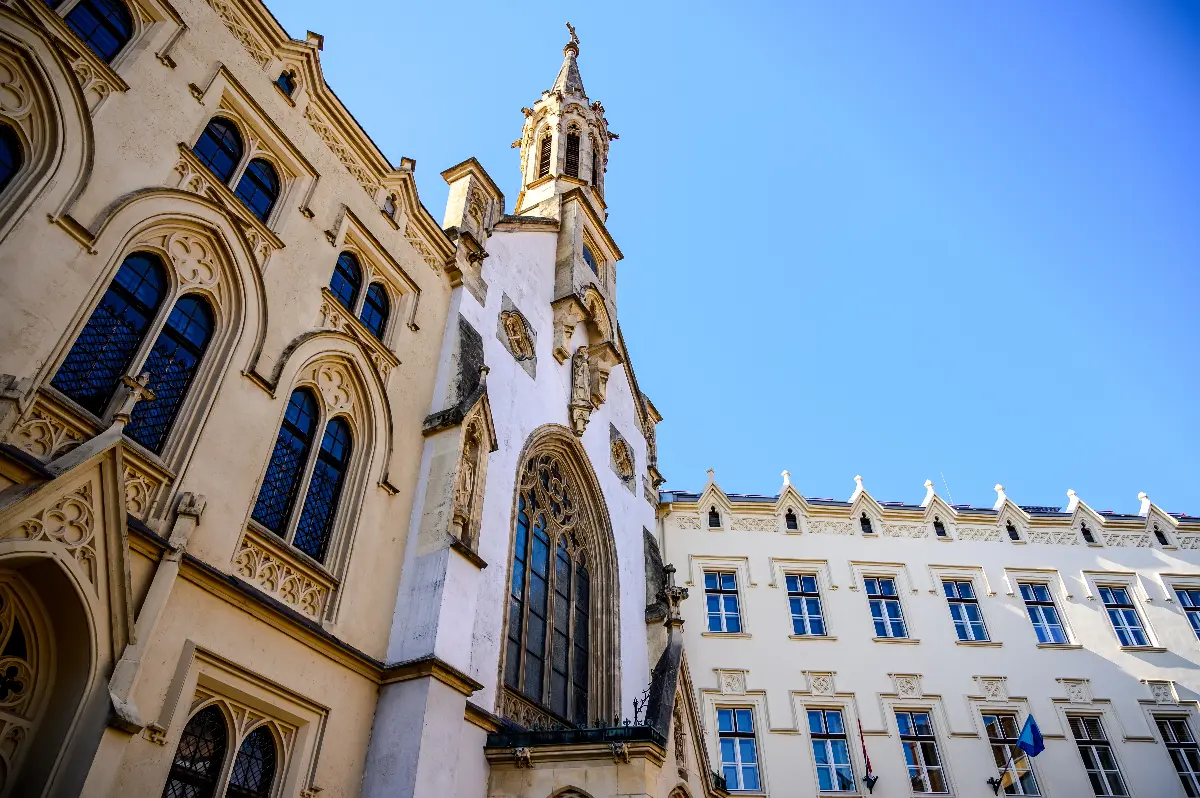
The walls that have seen it all
The monument, which played a crucial role in the lives of various noble families, was the site of assemblies and coronations, and had a truly important part in the political life of our country: in the 16th and 17th centuries no less than five assemblies were held within its walls, and Ferdinand III and two Hungarian queens were crowned here. One of the church's two pulpits is of priceless value: according to tradition, it was from here that the Franciscan friar St John of Capistrano preached in 1455, urging the faithful to fight the Turks, a battle he himself led at the Battle of Nándorfehérvár. Although the pulpit was originally made of wood, it was later covered with marble, because when the late descendants learned of its importance in the history of the religion, they began to treat it as a relic and wanted to carry it around, even as splinters. Several noble families (such as the Esterházy, the Széchényi and the Meskó family) chose the church as their family burial place. In the tombs, men's and women's garments dating back centuries were found almost intact, including fragments of a Spanish-style, caped dress for women that is more than 400 years old. The cape of the dress and Baroness Meskó's nearly 250-year-old dress can still be seen today.
1787 was a very harsh year in the life of the monument: Emperor Joseph II then dissolved the Franciscan order, and the church stood in deep silence for a decade, before becoming the pride of the Benedictines. It was restored in the summer of 2007, consecrated in 2011 by the Archpriest of Pannonhalma, Dr. Asztrik Várszegi, and since then has been the venue of a rich exhibition of cultural history and architecture.
